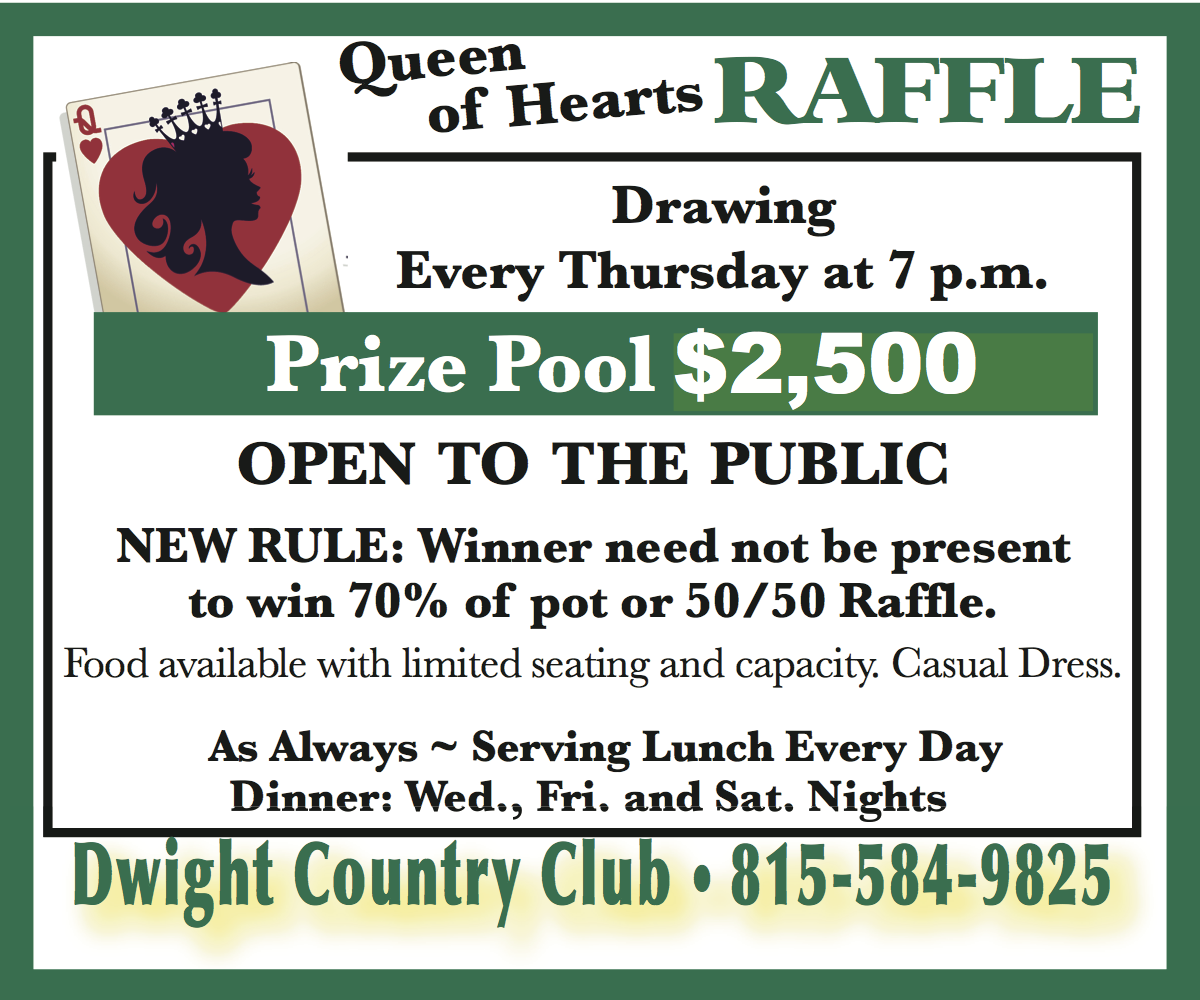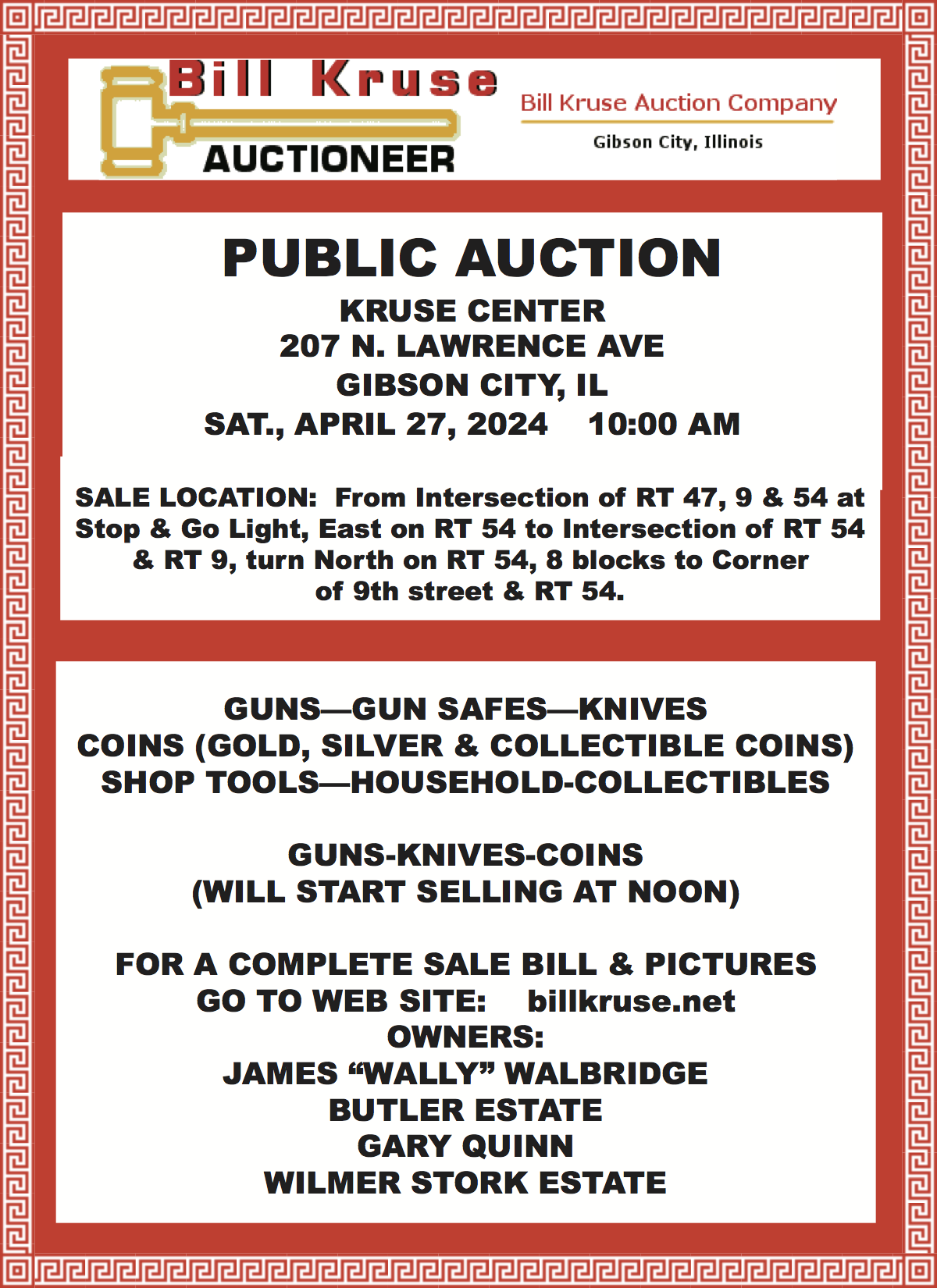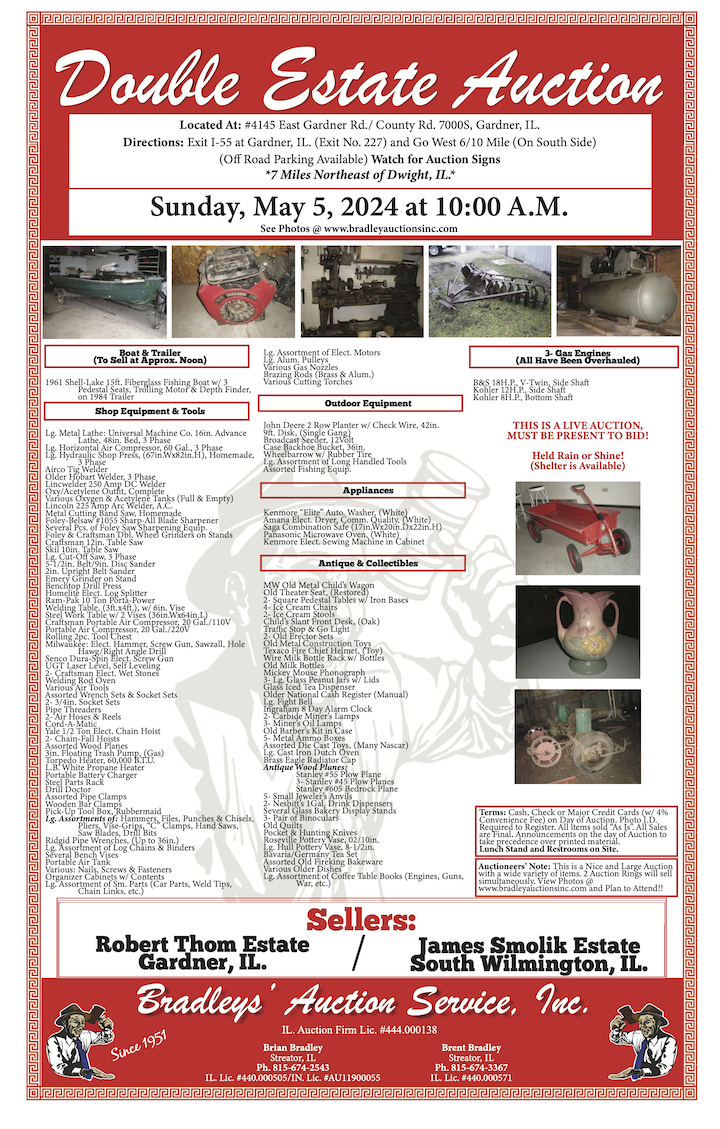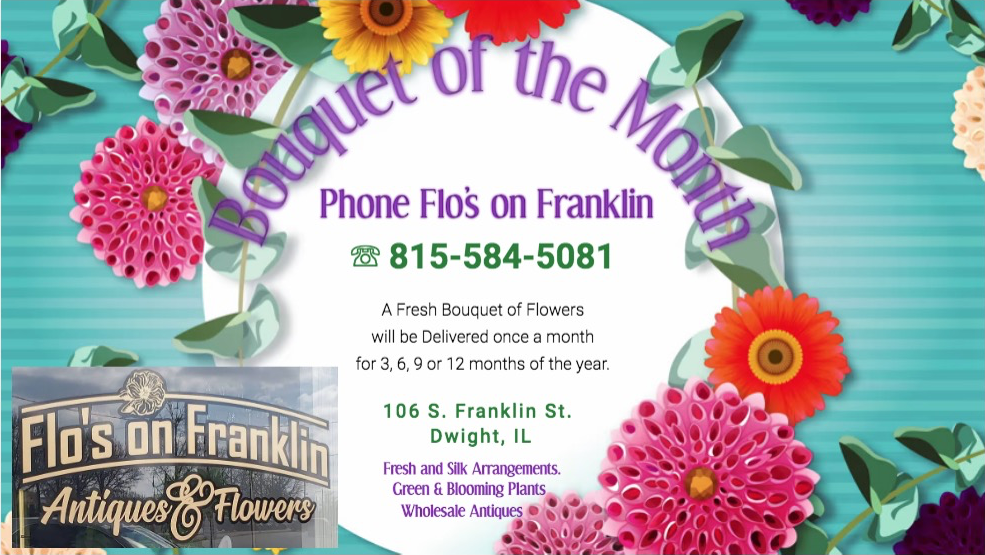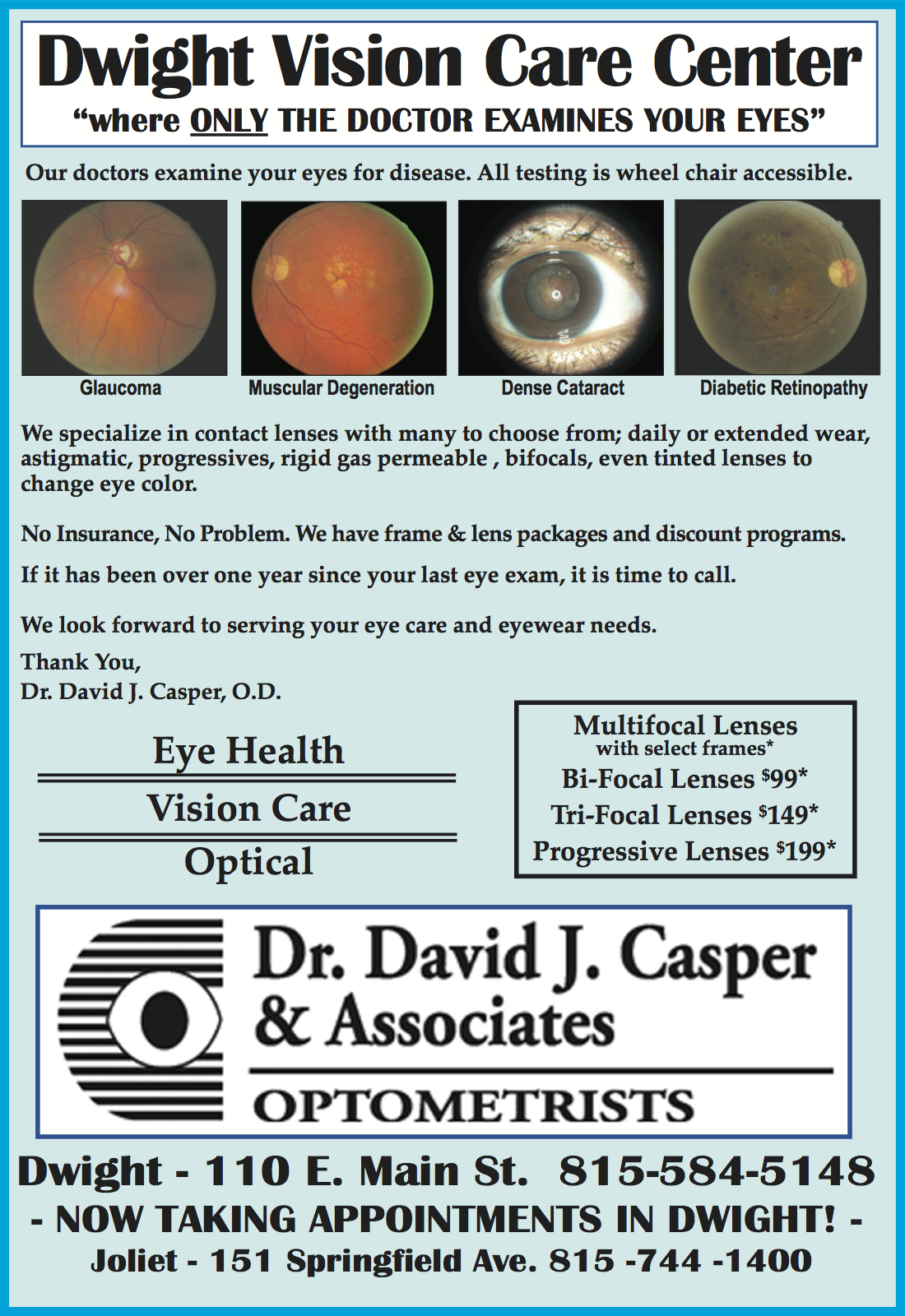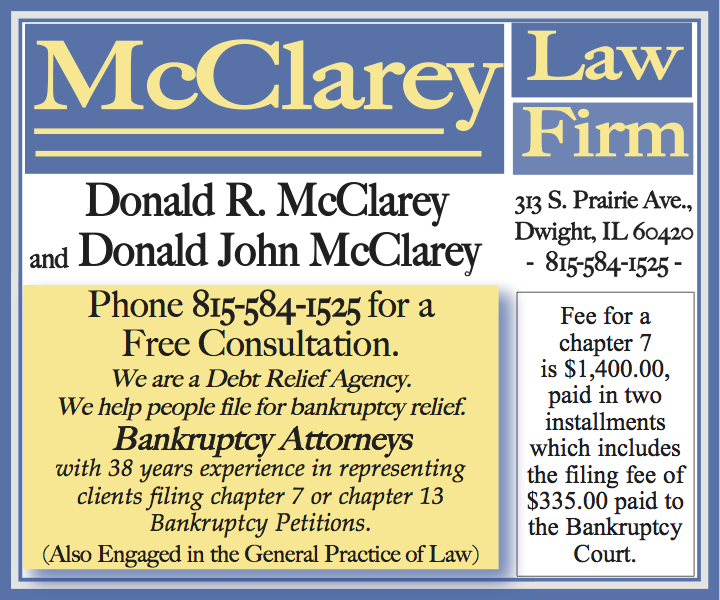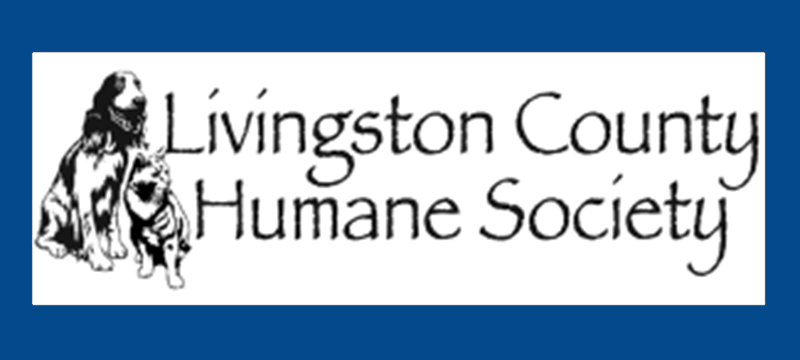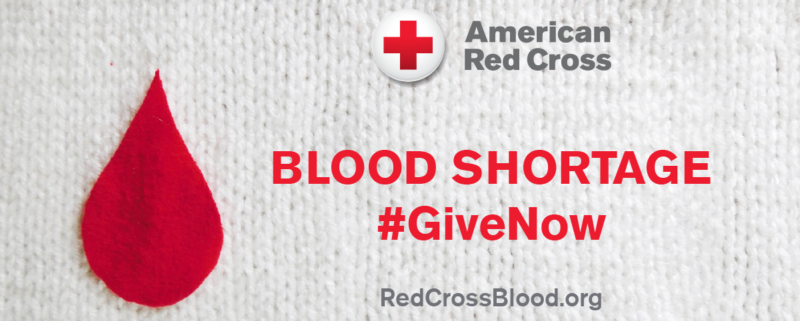by the Dwight HIstorical Society
Note: This is part of a weekly series of articles about the Keeley Institute that will be appearing in The Paper until the July 14-17 Alcohol and Drug History Society conference in Dwight.
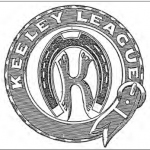
The undergraduates, while slowly moving in the shot lines at The Keeley Institutes, were all equals regardless of occupation or fortune.
Many went by first name only, and the famous used picturesque nicknames.
Treatment included mandatory encouragement shared in line. Realizing this benefit, in April 1891, seven Dwight graduates met in Walter M. Weese’s black-smith’s shop on E. Delaware Street and formed the Keeley Club.
They met daily at various locations as the membership grew, and finally in the Hahn residence on W. South Street purchased that summer by The Keeley. Many would greet the new arrives stumbling off the train.
During the summer, clubs were started in other cities and the name was changed to the Bi-Chloride of Gold Club of the World. In September, 1892, a national convention was held in Dwight, and the name became The Keeley League dedicated to promoting Keeleyism.
The Keeley Co. gave financial support. However, The League had its own directors and officers. By 1894 it had 370 charters with more than 30,000 members.
The League’s growth paralleled that of The Keeley franchised institutions which
also started in 1891. There were 126 in total with 118 operating at one time.
Every state had at least one of the 78 in the U.S., and others were in Canada, Mexico, Denmark, Finland, Norway, Sweden, Russia and England.
Each was individually owned and located in private mansions, commercial buildings or former hospitals and sanitariums designed to provide the same treatment and atmosphere as Dwight.
The cure was also administered in prisons, Indian reservations, soldiers’ homes and two Kansas Army posts.
Six states passed laws providing funds to treat indigent drunkards.
Andrew J. Smith was elected president of the League at each of the 1893- 94 national conventions, but was also the Governor of the National Home of Disabled Soldiers in Leavenworth, Kansas.
A Congressional investigation began in 1896 as to Smith’s conflict of interest by receiving salaries from both the League and the government.
He was accused of intimidating soldiers to take the cure.
Treatment began by allowing patients to drink alcohol followed immediately by the initial shot causing vomiting, and Smith was using government funds to buy the required whiskey.
Although the Congressional report released on Feb. 24, 1897 found no fault, Smith was fired.
The last convention was held in 1897, and without The Keeley’s financial support following the investigation, most of The League clubs had disbanded by 1900.










